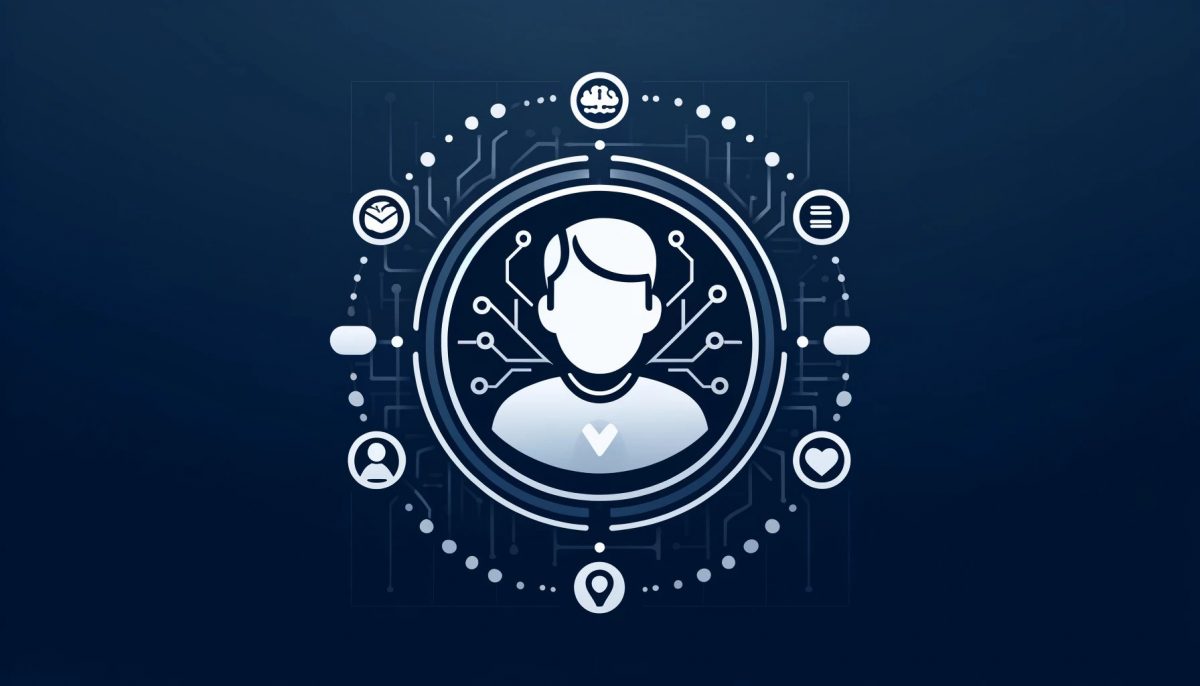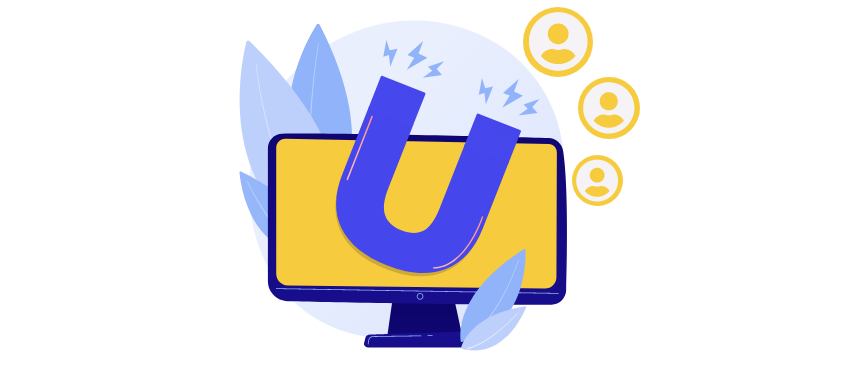AI Personalization: Elevate Your Sales & Marketing Campaigns

AI Personalization: Elevate Your Sales & Marketing Campaigns
Personalization has become a key factor in successful marketing and sales campaigns in today’s competitive business landscape. Leveraging AI for personalization can significantly enhance your efforts, ensuring your messages resonate with your audience at the right time and through the right channels. This article explores how AI can revolutionize your marketing and sales campaigns by personalizing content to meet each customer’s unique needs.
What is a Business Campaign?
A business campaign is a coordinated effort to achieve specific goals such as increasing brand awareness, generating leads, boosting sales, or promoting special offers. Key components include:
- Objectives: Clear, measurable goals (e.g., increase sales by 10%).
- Target Audience: The campaign aims to reach a specific group of people.
- Messaging: Compelling messages that resonate with the audience.
- Channels and Tactics: Platforms and methods used to deliver messages (e.g., social media, email, print).
- Budget and Resources: Allocation of funds and materials needed.
- Timeline: Schedule of activities and milestones.
- Execution: Implementing the planned activities.
- Monitoring and Adjustment: Tracking performance and making real-time adjustments.
- Evaluation and Reporting: Analyzing results against objectives and compiling a report.
By effectively planning and executing these steps, businesses can engage their audience, achieve their marketing goals, and meet sales targets.
Marketing Campaigns vs. Sales Campaigns
Marketing Campaigns
Marketing campaigns focus on building brand awareness, generating interest, and nurturing leads. They use channels like social media, content marketing, email marketing, and advertising to reach a broad audience and create a positive brand image. The goal is to attract potential customers and guide them through the buyer’s journey.
Sales Campaigns
Sales campaigns are more directly focused on driving immediate sales and conversions. They often involve promotions, discounts, limited-time offers, and direct outreach to potential customers. Sales campaigns aim to close deals, increase revenue, and meet specific sales targets within a set timeframe.
Both types of campaigns are essential for a comprehensive business strategy, with marketing campaigns laying the groundwork for sales efforts and sales campaigns capitalizing on the interest generated by marketing activities.
The Power of Personalization
The ideal way of personalization is when a campaign reaches the user with the right content based on their needs and preferences, through the right channel, at the right time. Ideally, if businesses have infinite time then they can identify dynamic customer segments, analyzing each user profile and their activities, and crafting specific content tailored to each user.
AI-driven personalization makes this possible by automating the process of adding personalization at each user profile level. This ensures that the content type and message align with the user profile and business goals.
Personalization in Marketing Campaigns
Example Scenario: Promoting a New Sneaker Brand
Marketing heads might want to promote specific product categories during certain seasons based on user activities. For instance, to promote a new sneaker brand launch, you can create a marketing campaign using GPT models with an AI Agent and tool framework. Give the following input to the LLM models:
- Define the Persona: Include the demographics of the target user.
- Specify the Product: Detail the product, images, and the corresponding brand message.
- Brand Tone: Define the brand tone.
- User Data: Provide user profile data, purchase data, user journey events data on the website, and previous campaign behavior.
- Target Audience Volume: Determine the maximum number of users to target.
For example, you want to promote new sneakers to existing users via email. The sneakers come in various styles like colorful, classic, knee-length, and ankle-length. The brand message is “Sneakers with style and comfort,” targeting users interested in sneakers, either young individuals or parents buying for their children. The campaign aims to target 50,000 users.
Step 1: Segmenting the Audience
The AI model outputs potential segments, ensuring the total users in each segment sum up to 50,000. The marketing rep can review and adjust these segments. For example:
- Segment 1: Users who purchased colorful sneakers at least 4 months ago.
- Segment 2: Users who purchased classic color sneakers at least 4 months ago.
- Segment 3: Users aged 20-32 who purchased shoes 6 months ago (excluding users in Segment 1 and 2).
- Segment 4: Users aged 33-39 who purchased shoes at least 4 months ago (excluding the users in Segment 1 and 2)
Step 2: Personalizing the Content
After receiving “go ahead” from human on Step 1, the model recommends and creates content tailored to each segment and, if feasible, unique personalized content for individual users based on their journey on the website or app.
Content Examples:
- Segment 1 & 3: Vibrant images of colorful sneakers with graffiti-style backgrounds and content.
- Segment 2 & 4: Visuals of classic sneakers with business casual backgrounds and similar message.
Deeper User-Specific Example within Segment 1
Let’s consider Alex, a user in Segment 1:
- Name: Alex
- Age: 25
- Gender: Male
- Location: New York City
- Purchase History: Purchased colorful sneakers 5 months ago
- Browsing Behavior: Frequently visits the sportswear section.
- Engagement: Active on the app, regularly opens promotional emails.
Personalized Content for Alex:
Email Subject: “Step Up Your Style, Alex! Discover Our Latest Colorful Sneakers”
Email Body:
Hey Alex,
We know you love to stand out, and our latest collection of colorful sneakers is designed just for trendsetters like you! 🌟

If everything is fine, the AI can trigger a tool to create campaign drafts for the marketing rep to launch. All corresponding results will be updated against each user and used to further refine future campaigns.
Personalization in Sales Campaigns
Cold Outbound Sales Campaigns for New and Existing Leads
Using AI models, sales teams can enhance cold outbound sales campaigns by targeting the best opportunities. Given inputs like business lean canvas, CRM data, CDP access, and defined campaign goals, AI models can provide insightful segmentation and personalized content suggestions.
Example Scenario:
Lean Canvas:
- Problem: Low engagement in cold outreach.
- Solution: Personalized content and targeted segments.
- Value Proposition: AI-driven personalization.
- Customer Segments: New and existing leads.
- Channels: Email, LinkedIn.
Tools: Salesforce, ZoomInfo, LinkedIn Sales Navigator, Outreach.io.
Goal: Increase click and reply rates by 30% in the next 3 months.
Step-by-Step Campaign Creation
Step 1: AI will suggest the segments for review
- Segment 1: New leads from ZoomInfo with high LinkedIn engagement.
- Segment 2: Existing leads in Salesforce with past interest.
- Segment 3: Leads from LinkedIn Sales Navigator with decision-making roles.
Step 2: After “Go ahead”, AI Shall Craft Personalized Content
Segment 1: New Leads
Email Subject: “Unlock Your Potential with Our Cutting-Edge Solutions”
Email Body:
Hi [Lead’s Name],
We specialize in innovative solutions to streamline your processes. Let’s schedule a call to discuss how we can help your business achieve its goals.
Segment 2: Existing Leads
Email Subject: “Revisit Our Solutions for Your Ongoing Success”
Email Body:
Hi [Lead’s Name],
We have exciting updates and new features tailored to your needs. Let’s catch up to explore how they can support your success.
Segment 3: LinkedIn Leads
Email Subject: “Innovative Solutions for Industry Leaders Like You”
Email Body:
Hi [Lead’s Name],
We offer solutions that align with your leadership role. Let’s discuss how we can help you achieve your strategic goals.
Deeper User-Specific Example within Segment 1
Let’s consider Jamie, a user in Segment 1:
- Name: Jamie
- Position: Marketing Director
- Company: ABC Corp
- LinkedIn Activity: Highly engaged, frequently posts about marketing trends.
- Recent Interaction: Downloaded a whitepaper on AI in marketing.
Personalized Content for Jamie:
Email Subject: “Jamie, Unlock Your Marketing Potential with Our AI Solutions”
Email Body:
Hi Jamie,
We noticed your interest in AI-driven marketing solutions. Our latest offerings are designed to help leaders like you streamline and optimize marketing efforts.
Explore Our Solutions:
Cutting-Edge AI Tools:
- Predictive Analytics: Understand future trends and customer behaviors.
- Personalized Content Creation: Tailored content for each segment.
- Automated Campaign Management: Effortless execution and monitoring.
Exclusive Opportunity: Schedule a call with our experts to see how we can help your company achieve its marketing goals.
Schedule Now and discover the future of marketing!
Conclusion
Personalization is a game-changer in marketing and sales campaigns. By leveraging AI, businesses can move beyond simple segmentation to deliver tailored content that meets the unique needs of each customer. This not only enhances the customer experience but also drives higher engagement and conversion rates. Start incorporating AI-driven personalization into your campaigns today and see the difference it can make.










